You are here
Pantheon - Navona - Campo de' Fiori
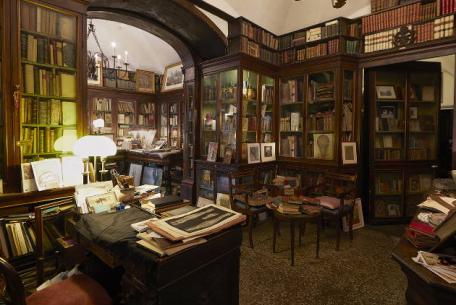
One of the oldest antiquarian bookstores of the capital, founded in 1909, operated over time by three generations of booksellers.
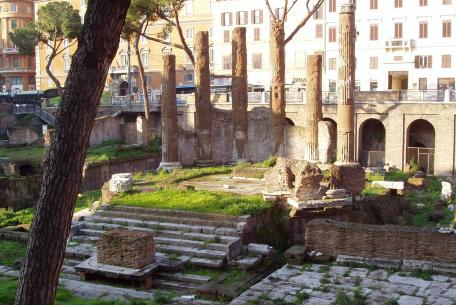
It is one of the most important archaeological sites of the city, with the remains of four temples from the Republican age ranging from the 4th century to the 2nd
[...]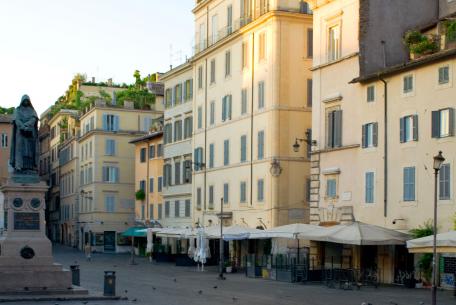
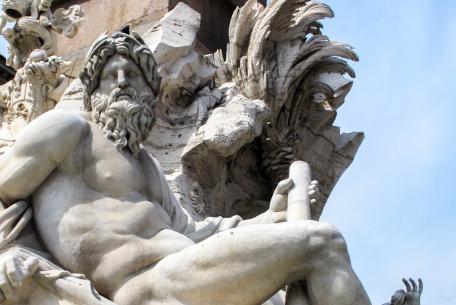
Commissioned by Pope Innocent X Pamphilj (1644-1655) to adorn the square that would have magnified the grandeur of his pontificate – with the monumental family palace and the nearb
[...]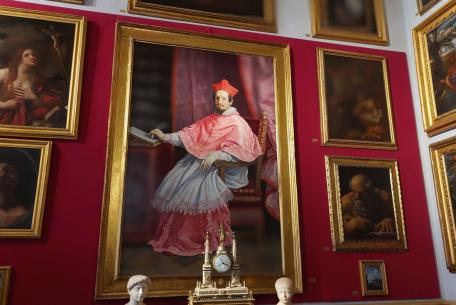
Built beginning in 1548 by Cardinal Girolamo Capodiferro (1502-1559) on pre-existing buildings owned by the family and almost entirely completed by the 1550 Jubilee, including with
[...]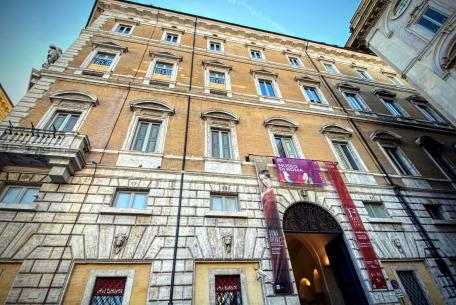
The Museum of Rome is housed in the 18th century Palazzo Braschi situated at the heart of Renaissance and Baroque Rome, between Piazza Navona and Piazza Campo dei Fiori.
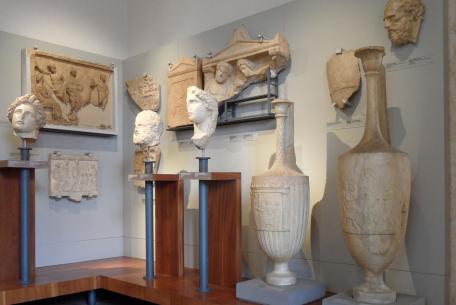
Comprising a prestigious collection of ancient sculptures - Assyrian, Egyptian, Cypriot, Phoenician, Etruscan and Greco-Roman art, the Giovanni Barracco Museum of Ancient Sculpture was donated to t
[...]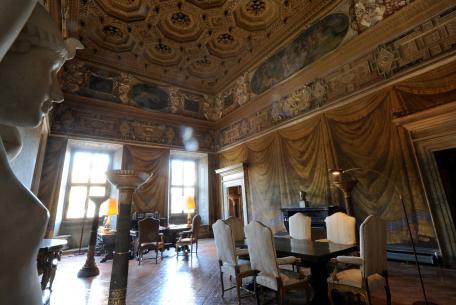
It is one of the most beautiful and imposing palaces of 16th century Rome and owes its name to one of the most famous families of Renaissance Rome.

“The most beautiful relic of ancient Rome, a temple so well preserved that it appears as the Romans must have seen it in their times,” so described it the French writer Stendhal in the 19th century
[...]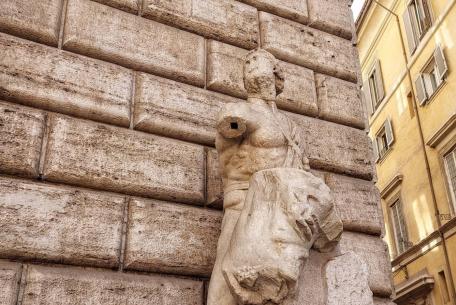
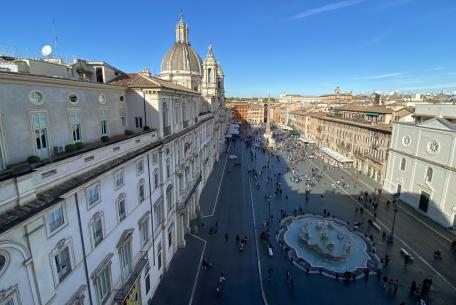
Lively and full of life, the area enclosing the Pantheon, Piazza Navona, and Campo de' Fiori has always been considered the authentic historic center of Rome.
Here, you can pleasantly stroll, even without a specific destination, among its noisy and monumental squares, get lost among its narrow streets, often hiding romantic and unexpected corners, visit its historic buildings and museums such as Palazzo Altemps, the Giovanni Barracco Museum of Ancient Sculpture, the Museum of Rome in Palazzo Braschi. Its churches are chests full of masterpieces by immortal artists such as Caravaggio, Michelangelo, and Raphael. Among these, St. Louis of the French, which houses three Caravaggesque masterpieces, Sant'Agostino, which hosts two, Sant'Agnese in Agone, the work of Borromini, and Sant'Andrea della Valle, whose beautiful dome made by Maderno is smaller in size and height only to that of San Pietro.
An actual triangle of entertainment and culture makes this part of Rome the most famous and frequented by Romans and thousands of tourists every year. Today, the iconic Piazza Navona, built on the remains of the ancient Stadium of Domitian, is known for the famous Fountain of the Four Rivers by an inspired Bernini and the street artists and portrait painters. Furthermore, its many trendy cafes, bars, and restaurants with dehors invite you to sit and admire its wonders while sipping a drink or savouring one of the tasty dishes of traditional Roman cuisine.
The Pantheon is a millenary and extraordinary symbol of Rome and one of the most loved and visited monuments in the city, together with the Colosseum.
In the 19th century, even Stendhal, the great French writer, described it in enthusiastic terms: 'The most beautiful remnant of Roman antiquity. A temple that suffered so little that it appears to us as the Romans must have seen in their time.' Source of inspiration for the greatest architects of all ages, always admired for its beauty and harmony of lines, it houses the tombs of the kings of Italy and the burials of numerous artists such as Raffaello Sanzio.
During the day, Piazza Campo de' Fiori hosts a picturesque and colourful market but, when night falls, it turns into one of the most famous places in the Capitoline nightlife where you can sip a delicious aperitif or have a chat with friends after dinner.
Finally, in this area of Rome, there are some of the most significant institutional buildings of the capital, including Palazzo Madama, the seat of the Senate of the Republic, the French Embassy, located inside the wonderful Palazzo Farnese, and the Embassy of Brazil inside Palazzo Pamphilj, the former residence of Donna Olimpia Maidalchini, who gave Piazza Navona its current appearance.











































